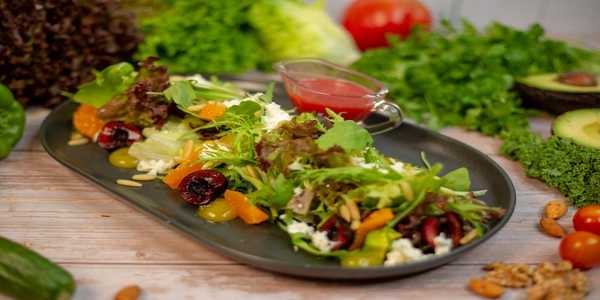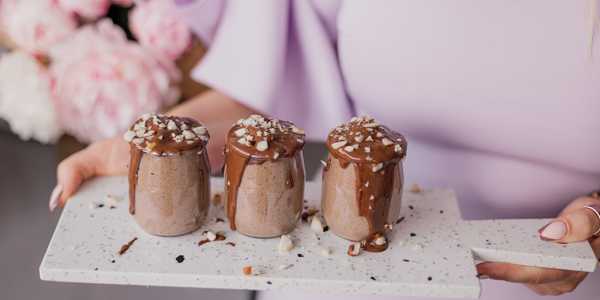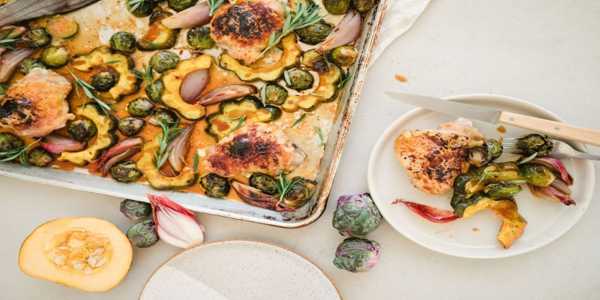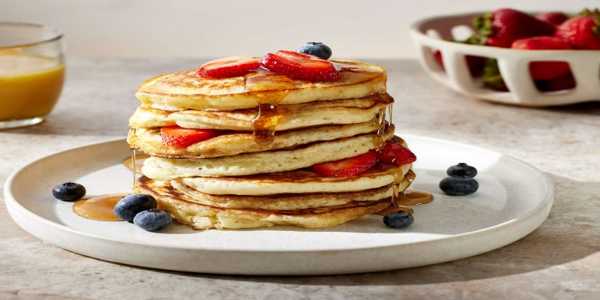Mastering The Art Of Artisan Sourdough Bread
Have you ever wondered what makes artisan sourdough bread so unique? Why do its tangy flavour and crackling crust leave such a lasting impression? You're not alone if you're curious about this age-old baking craft. Sourdough bread has surged in popularity as a food trend and a rewarding culinary journey for home bakers. Let's dive into the essentials of mastering the art of artisan sourdough bread, one step at a time.
What Is Sourdough Bread And Why Is It Unique?
Sourdough bread is more than just another type of bread—it's a masterpiece of simplicity. It is made with just three ingredients—flour, water, and salt—and relies on natural fermentation to achieve its signature tangy flavour and airy texture. Unlike bread made with commercial yeast, sourdough is a product of wild yeast and lactic acid bacteria culture called a starter. This ancient method not only enhances flavour but also improves digestibility and nutrition.
Fun Fact: Sourdough fermentation dates back to ancient Egypt, around 1500 BCE!
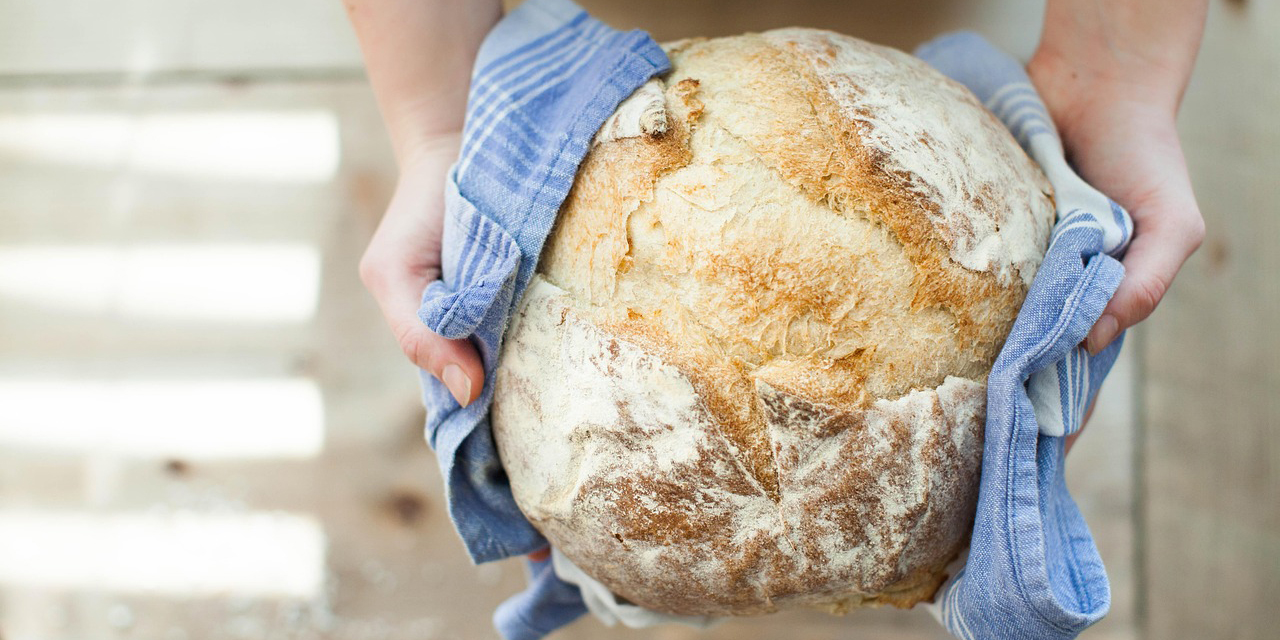
Getting Started: The Sourdough Starter
A sourdough starter is the heart of artisan sourdough bread. It's a live culture of wild yeast and bacteria that you'll need to cultivate before baking. While it might sound intimidating, creating your starter is easier than you think.
How To Make A Starter:
Day 1: Mix 1/2 cup of whole wheat flour with 1/4 cup of water in a jar. Stir until smooth, cover loosely, and let it sit at room temperature.
Day 2: Add another 1/2 cup of flour and 1/4 cup of water. Stir and let it rest.
Days 3–7: Discard half the starter daily and feed it with fresh flour and water. By day 7, your starter should be bubbly and smell pleasantly tangy, indicating it's ready to use.
Pro Tip: A well-maintained starter can live indefinitely! Just keep feeding it regularly.
Essential Tools For Artisan Sourdough Baking
Before you begin your sourdough journey, it’s helpful to gather some essential tools:
Mixing Bowls
For mixing and proofing the dough.
Bench Scraper
To handle and shape the dough.
Dutch Oven
Ensures the perfect crust by trapping steam during baking.
Kitchen Scale
Precision is key in sourdough baking.
Banneton Basket
It helps shape the dough and gives it that signature ridged pattern.
Step-by-Step Guide To Baking Sourdough Bread
1. Mixing The Dough
To bake sourdough bread, start by combining your ingredients:
• 500g bread flour
• 350g water (plus extra for adjustments)
• 100g active sourdough starter
• 10g salt
Mix until no dry bits remain. The dough will be sticky—that’s normal!
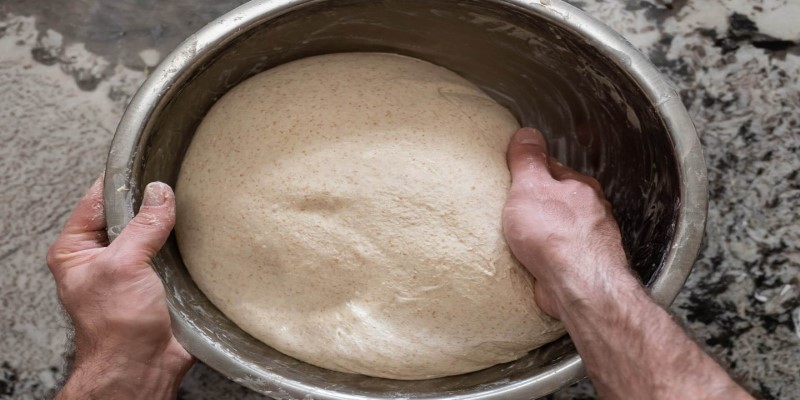
2. Bulk Fermentation
Bulk fermentation is when the magic of sourdough begins. Let the dough rest in a covered bowl at room temperature for 4–6 hours. During this time:
• For the first two hours, perform stretches and folds every 30 minutes. To do this, grab the edge of the dough, stretch it upward, and fold it over itself. Rotate the bowl and repeat on all sides.
These gentle movements build gluten structure, giving your bread its chewy texture.
3. Shaping The Dough
Once bulk fermentation is complete, it’s time to shape your dough:
1. Turn the dough onto a floured surface.
2. Gently form it into a round or oval shape by folding the edges toward the centre.
3. Place it seam-side down into a floured banneton basket or bowl lined with a kitchen towel.
4. Proofing
Proofing is the final rise before baking. Allow your dough to prove for 1–2 hours at room temperature or overnight in the refrigerator. Cold-proofing enhances sourdough's flavour and makes it easier to handle.
Pro Tip: Press a finger into the dough—if it springs back slowly, it’s ready to bake!
5. Scoring And Baking
Scoring creates beautiful patterns and allows the bread to expand properly in the oven. Use a sharp razor or scoring tool to make a deep slash or design on the dough.
Bake your sourdough in a preheated Dutch oven at 475°F (245°C) for 20 minutes with the lid on, then another 20–25 minutes uncovered. The result? It's a crusty, golden masterpiece.
Troubleshooting Common Sourdough Issues
Is Your Dough Too Sticky?
Sticky dough can be a challenge, especially for beginners. Try adding a bit more flour or handling the dough with wet hands.
Flat Loaf?
A flat loaf often indicates overproofing. Monitor proofing times and perform the finger test to check readiness.
Dense Bread?
If your bread feels dense, it might be due to insufficient fermentation. Ensure your starter is active and bubbly, and give your dough enough time to rise.
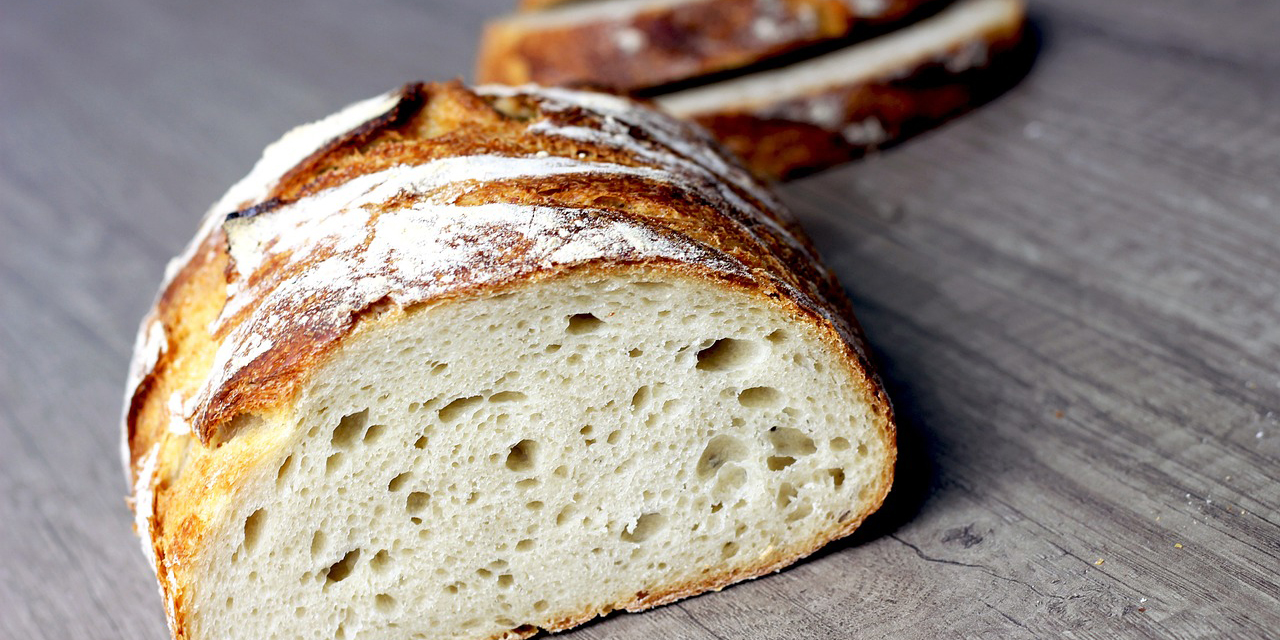
Why Is Sourdough Bread Worth The Effort?
Sourdough bread isn’t just delicious—it’s also packed with health benefits. The fermentation process breaks down gluten and phytic acid, making the bread easier to digest and nutrients more bioavailable. Plus, homemade sourdough is free from preservatives and additives.
Fun Fact: Sourdough’s acidity naturally extends its shelf life, so it stays fresh longer than most store-bought bread.
Tips For Perfecting Your Artisan Loaf
Experiment With Flours
Try whole wheat, rye, or spelt flour for unique flavours and textures.
Play With Hydration
A higher water content (hydration) leads to a more open crumb, while lower hydration results in a denser loaf.
Stay Patient
Sourdough baking is a process of trial and error. Each loaf is a learning experience.
Beyond The Basics: Flavor Variations
Once you’ve mastered the basics, you can add creative twists to your sourdough:
Herbs And Spices
Rosemary, thyme, or garlic.
Cheese And Nuts
Cheddar, walnuts, or even blue cheese.
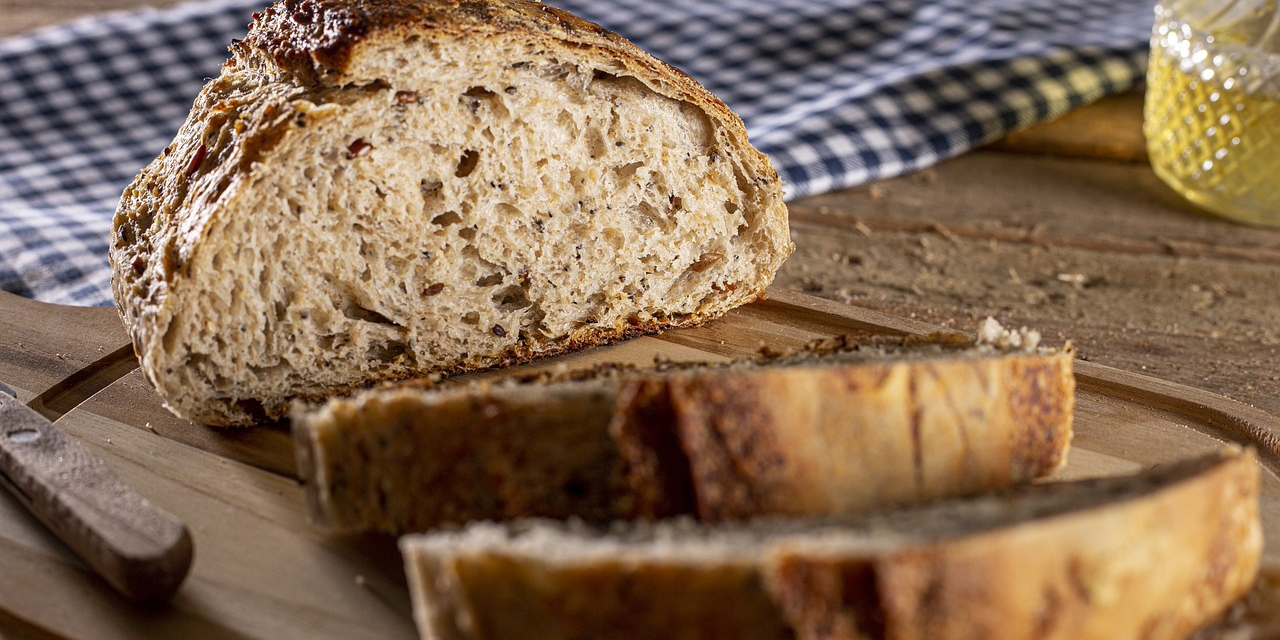
Sweet Additions
Raisins, cranberries, or cinnamon.
These variations turn your sourdough into an actual work of edible art.
Crafting Memories With Sourdough
Sourdough baking is more than just making bread—it's an art, a science, and a profoundly satisfying experience. The journey of nurturing a starter, handling dough, and savouring that first bite is unparalleled. Whether you're baking for your family or simply for the love of it, artisan sourdough bread is a skill that keeps giving.
So, what are you waiting for? Dust off your mixing bowl, feed your starter, and embark on your sourdough adventure today! Your perfect loaf is just a bake away.
